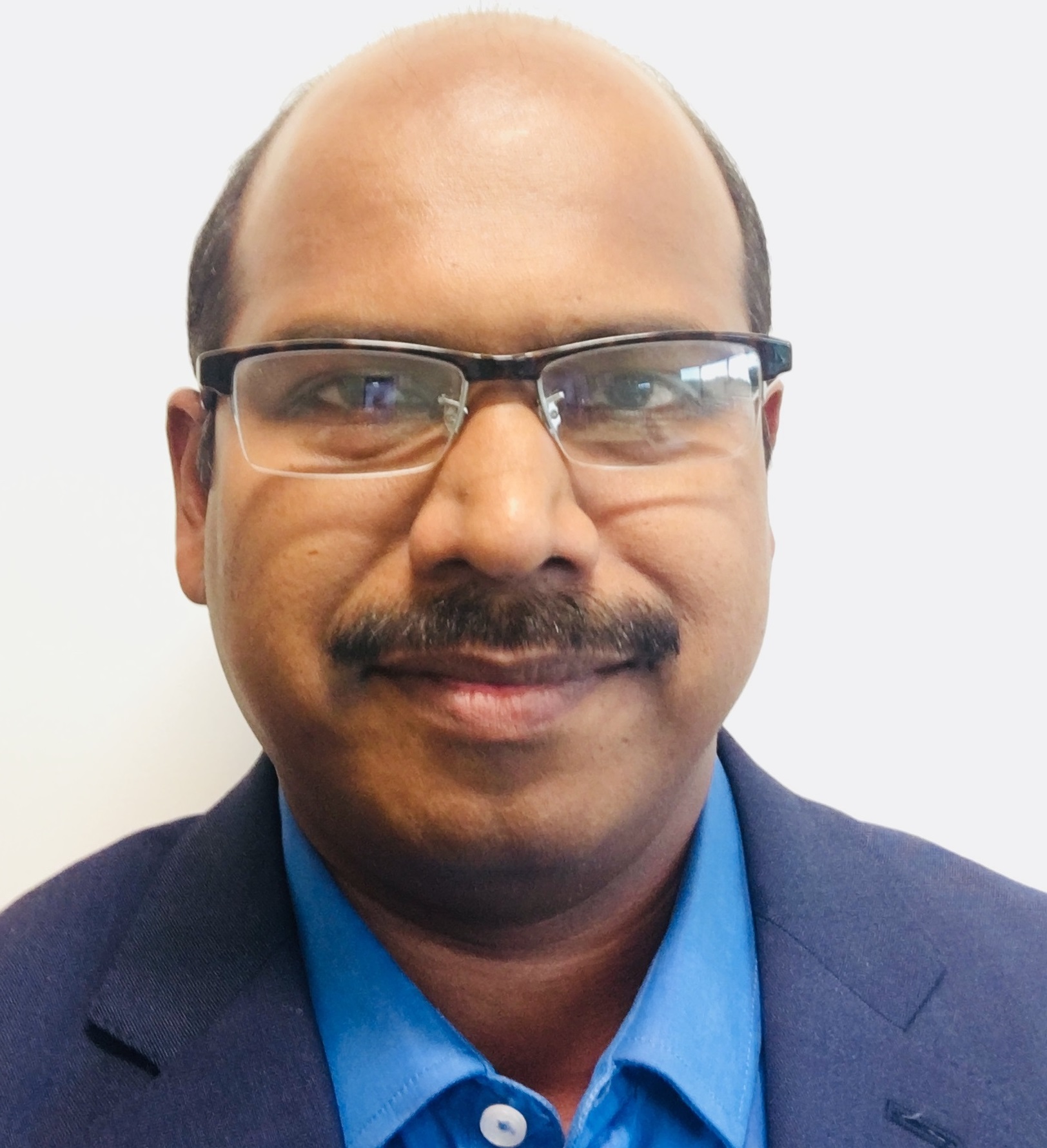Blog
A Super Battle Against Superbugs: Developing an Effective Drug-Resistant Tuberculosis Research Strategy
When most people think of emerging threats to public health, tuberculosis (TB) is unlikely to rise to the forefront of their minds. After all, TB has a long history and has been a well-known global public health challenge for more than a century. But it’s back on the list of emerging health threats due to its change in nature. TB is now increasingly drug resistant, and resistant strains of the disease are spreading quickly, making the infection harder to treat. That’s why multi drug-resistant (MDR-TB) and extensively drug-resistant TB (XDR-TB) can also be given the reputation of a “superbug”.
As we know, World Tuberculosis Day commemorates the day in 1882 when Dr Robert Koch astounded the scientific community by announcing that he had discovered the cause of tuberculosis, the TB bacillus. This year, on World Tuberculosis Day, the Centers for Disease Control and Prevention and its domestic and international partners, including the National TB Controllers Association, STOP TB USA, the Stop TB Partnership, and the World Health Organization are working together to “Unite to End TB”. Thankfully, drug companies and other biopharmaceutical operations, including Q2 Solutions, are continuing to add their efforts to help make this battle cry a reality.
How did TB become a superbug?
In 2015, TB killed 1.8 million people. In short, someone died of TB every 18 seconds. Unfortunately, new antibiotic development is decreasing while drug-resistant strains of TB are emerging and spreading more rapidly than in previous decades. The World Health Organization reported approximately 480,000 new cases of multidrug-resistant TB (MDR-TB) and an additional 100,000 people with rifampicin-resistant TB (RR-TB) in 2015 out of an estimated 10.4 million new (incident) TB cases worldwide. A total of 7579 XDR-TB cases were reported to have been detected by 74 countries. Even drug susceptible TB requires powerful antibiotics for treatment. In many cases, treatment is difficult due to cost or lack of effective or available antimicrobial agents. Only 2 new compounds have been enlisted in the fight against TB (conditional approval) since the development of rifampicin more than half a century ago. To complicate matters, MDR/RR-TB treatment courses are much longer and less effective than those for non-resistant TB.
Some promise has recently been shown with combination therapy, however. TB Alliance has studied bedaquiline and pretomanid in combination with other drugs, with some very promising results. We, at Q2 Solutions, are glad that we have contributed laboratory support to these studies and we are working hard to establish key partnerships with organizations such as NIAID to continue to advance the fight against TB.
Finding better ways to research TB
One battlefront for the fight against TB is in the world of clinical research—a critical avenue for the development and study of therapies that may help combat MDR and XDR-TB. Unfortunately, the world of TB research holds several unique challenges for laboratories and trials:
- strict standardization and quality control requirements for very technical and time-consuming assays
- development of client or product-specific assays to evaluate patients’ response to therapy
- trial logistics, data management, proposal development, study set-up, and safety requirements in countries with struggling health science infrastructures
- distinguishing MDR and XDR-TB from drug susceptible TB
- high rates of TB-HIV co-infection
These challenges are where Q2 Solutions has focused its efforts. By delivering end-to-end laboratory services, Q2 Solutions has already helped facilitate many TB studies in South Africa. We work to help enhance the development of drugs, medical devices, and diagnostics using specialty microbiology and molecular biology techniques.
The application of advanced laboratory competency, experience, and technologies to the TB battle is furthered through our approach to logistics, including single-facility testing, extensive validation and quality control measures, and assisted coordination of data management when local laboratories are required. We believe the future of TB research requires this strategic approach to laboratory management, and Q2 Solutions is at the forefront of putting these strategies into action.
Uniting to End TB
Worldwide, the rate of decline in TB incidence remained at only 1.5% from 2014 to 2015. This needs to accelerate to a 4–5% annual decline by 2020 to reach the first milestones of the End TB Strategy. Knowing what we are up against is critical in the fight against TB. The technology and capabilities available at TB laboratories will play a crucial role in the future of drug resistant TB testing, research and treatment. In many cases, MDR and XDR-TB are either under-identified or diagnosed late due to laboratory inadequacies.
As per Stop TB Partnership, failing to invest in research and development for new tools immediately will result in huge financial costs in the future due to the large number of people that still require treatment. Delaying investment by just one year – 2017, rather than 2016 – will cause future treatment costs to increase by US $1.3 billion. A five-year delay will result in extra costs of US $5.3 billion. When lost productivity is factored in, this figure increases to US $185 billion. Looking at the enormity of TB, we understand that the funding for TB related clinical trials will always be sub-optimal, hence we have to be as smart and efficient as possible. From the laboratory testing perspective, apart from the testing per se, we can definitely bring in efficiencies in project management, logistics and data management.
The World Health Organization calls for “strengthening the capacity and quality of diagnostic testing”, including rapid and accurate susceptibility testing to help identify the appropriate treatment approach. This is fortunately our company’s strength, and this is where Q2 Solutions proudly aims to make its contribution to a globally united effort to end TB.
To learn more, see Harnessing innovative technologies for clinical trials involving emerging and re-emerging infectious diseases.
Related Services:
Related Thought Leaders Insights
Visium Spatial Profiling
Visium spatial profiling is a next-generation sequencing method that enables the analysis of cellular relationships by combining transcriptomics with histological techniques. It has advantages over...
Unleashing the power of MHC Associated Peptide Proteomics: Immunogenicity Assessment of Oncology Drugs
By Chloe Ackaert, Jana Schockaert, Aurelie Mazy, Martijn Vlaming, and Sofie PattynPresented at the American Association for Cancer Research (AACR) Annual Meeting, April 5-10, 2024 Bispecifics...
In vitro functional evaluation of immuno-oncology drug candidates in customized bioassays
By Martijn Vlaming, Emmanuelle Sidot, Jezabel Lefèvre, Ellen Boelen, Sofie PattynPresented at AACR (American Association for Cancer Research) Annual Meeting, April 5-10, 2024 Increased...









